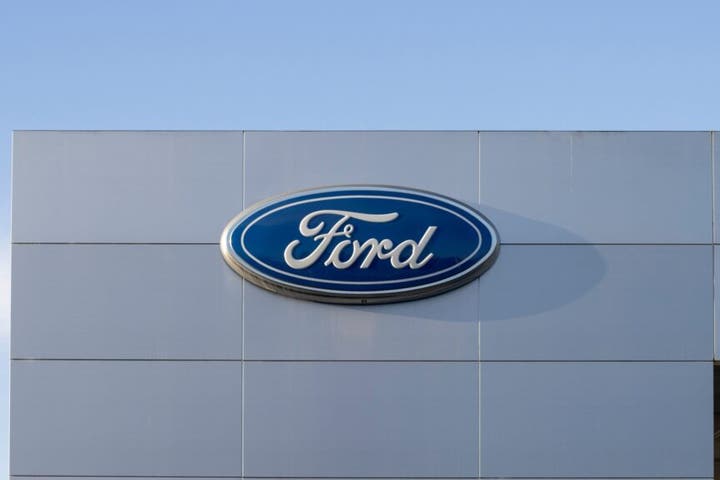Ford Motor Company recently unveiled its second-quarter financial results, presenting a complex picture to investors with revenue and earnings per share surpassing analyst estimates, yet overshadowed by a significant tariff warning that triggered an immediate slide in its share price.
The automotive giant reported robust second-quarter revenue of $46.94 billion, comfortably exceeding the consensus estimate of $42.77 billion, demonstrating strong top-line performance. Concurrently, the Detroit-based automaker delivered adjusted earnings of 37 cents per share, outperforming the anticipated 31 cents per share, underscoring its operational efficiency during the period.
This impressive financial performance, which included a 5% increase in total revenue year-over-year, was largely driven by strategic initiatives across its diverse segments. Jim Farley, president and CEO of Ford, highlighted the pivotal role of Ford Pro, emphasizing its unique competitive advantage in fueling both revenue and profit growth while pioneering new high-margin revenue streams through software and physical services.
Furthermore, Farley noted the profitable market share gains achieved by Ford Blue, reflecting the traditional automotive segment’s solid contribution. Concurrently, efforts to enhance the efficiency of its Ford Model e business, focusing on electric vehicles, continue to be a strategic priority, signaling the company’s commitment to long-term sustainable growth within the evolving automotive landscape.
Despite the strong Q2 figures, Ford’s forward guidance introduced a note of caution, significantly impacting investor sentiment. The company projects an adjusted EBIT of $6.5 billion to $7.5 billion for the full year 2025, a forecast that notably incorporates an estimated $2 billion headwind attributed to tariffs.
This anticipated tariff-related headwind is broken down into a $3 billion gross adverse adjusted EBIT impact, which the company expects to partially mitigate through $1 billion in targeted recovery actions. This transparent disclosure aims to set realistic expectations for future profitability amidst challenging global trade dynamics.
In addition to the EBIT projections, Ford also anticipates generating full-year adjusted free cash flow ranging from $3.5 billion to $4.5 billion, alongside capital expenditures of approximately $9 billion in 2025. These figures provide a clearer financial roadmap for the upcoming year, balancing investment in future growth with managing cash flow.
Immediately following the earnings announcement, Ford shares experienced a notable decline, dropping 4.42% to trade at $10.39 in after-hours trading. This market reaction underscores how investors prioritized the forward-looking tariff warning over the strong quarterly performance, signaling concerns about future profitability in a complex economic environment.
The mixed signals from Ford’s Q2 report highlight the intricate balance major corporations face between delivering robust current financial results and navigating the uncertainties of global economic pressures, particularly those stemming from international trade policies and their direct impact on the bottom line.





Leave a Reply